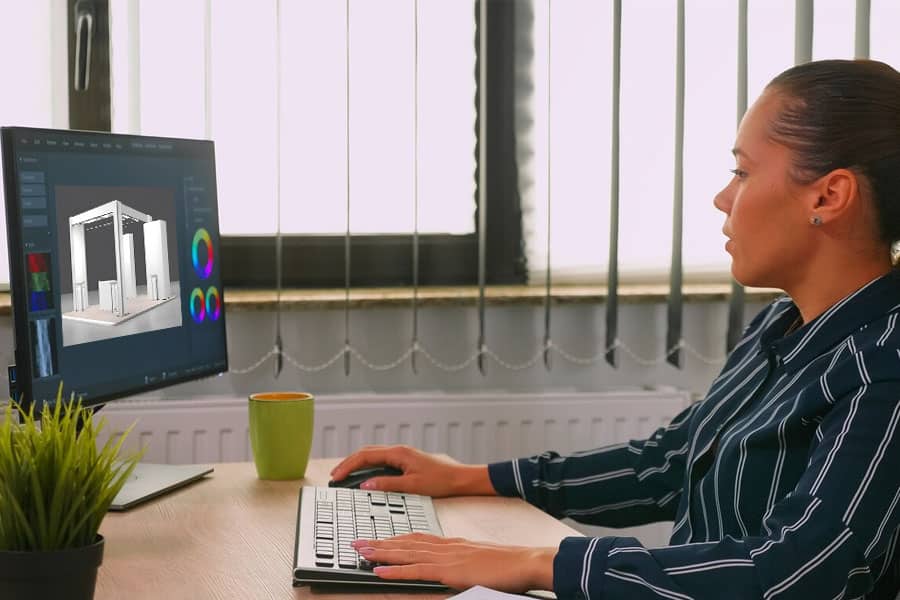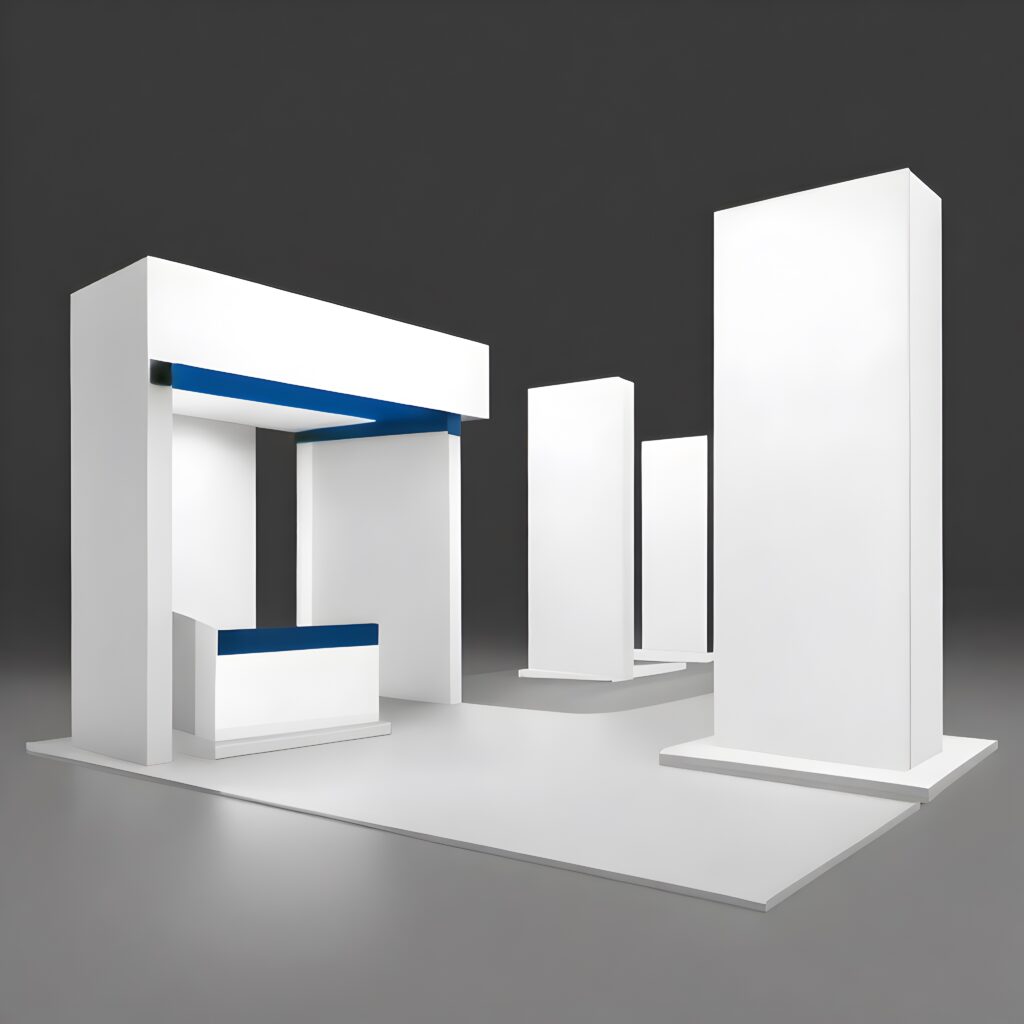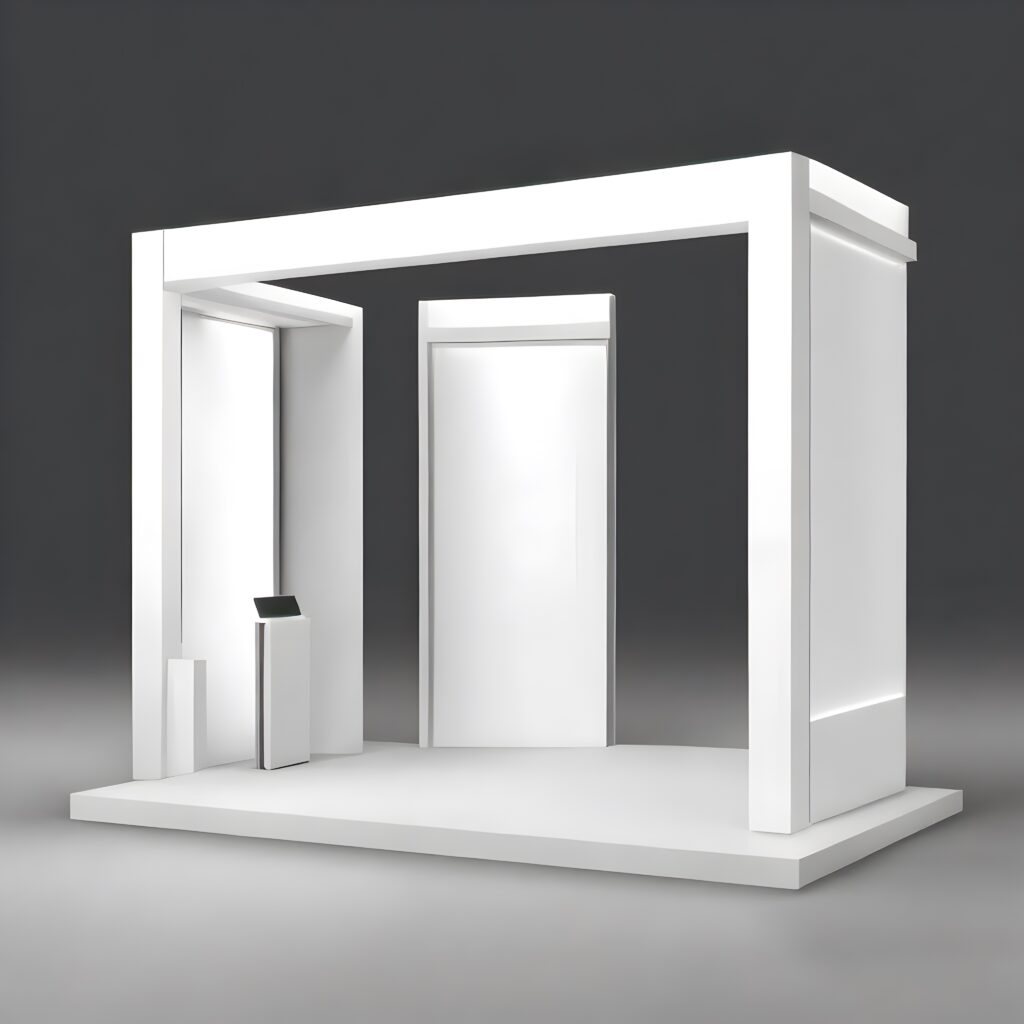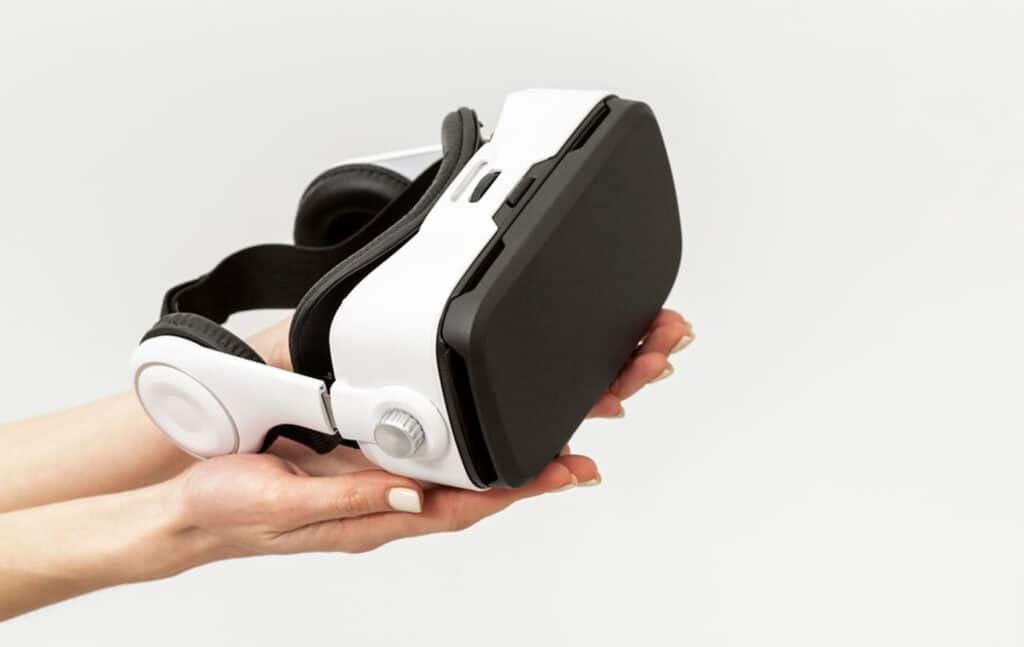
In today’s rapidly evolving digital landscape, the concept of a virtual booth has emerged as a game-changer in the world of exhibitions, virtual showrooms and conferences. As businesses and organizations adapt to new ways of connecting with their audience, virtual booths offer a dynamic and interactive solution that bridges the gap between physical and online experiences. In this comprehensive guide, we’ll explore the ins and outs of virtual booths, their benefits, features, and the future they promise for various industries.
What is a Virtual Booth?

A virtual booth is a digital replication of a physical exhibition or trade show booth. It provides an interactive platform where businesses can showcase their products, services, and information to attendees in a virtual environment. Utilizing advanced technologies like 3D modeling, virtual reality (VR), and augmented reality (AR), virtual booths offer an immersive experience that closely mimics attending a live event.
Key Features of Virtual Booths
Virtual booths are designed to engage attendees and provide a comprehensive experience. Here are some of the key features that make virtual booths effective:
1. Interactive Elements
- 3D Models and Virtual Tours: Attendees can explore detailed 3D models of products, view them from different angles, and even take virtual tours of services or facilities.
- Videos and Presentations: Exhibitors can showcase promotional videos, product demonstrations, and live presentations to provide detailed information.
- Live Chat and Video Calls: Real-time interaction is possible through live chat or video calls with booth representatives, facilitating direct communication.
- Downloadable Content: Brochures, whitepapers, product catalogs, and other documents can be made available for attendees to download and review at their convenience.
2. Customization
- Branding and Design: Virtual booths can be customized to reflect the exhibitor’s branding, including logos, colors, and design elements, creating a cohesive brand experience.
- Flexible Layouts: The layout of the booth can be tailored to highlight specific products or services, ensuring that key offerings are prominently displayed.
3. Engagement Tools
- Surveys and Polls: Interactive surveys and polls can gather attendee feedback and enhance engagement.
- Quizzes and Games: Gamification elements, such as quizzes and games, can make the booth experience more engaging and enjoyable.
- Social Media Integration: Sharing content directly to social media platforms can increase reach and engagement.
4. Analytics
- Visitor Tracking: Detailed analytics allow exhibitors to track the number of visitors, time spent at the booth, and interactions made, providing valuable insights.
- Lead Generation: Information collected from attendees can be used for follow-up and lead generation, making it easier to convert prospects into customers.
Benefits of Virtual Booths

Virtual booths offer numerous advantages over traditional physical booths, making them an attractive option for businesses and organizations. Here are some of the key benefits:
1. Cost-Effective
- Reduced Costs: Virtual booths eliminate the need for physical setup, travel, accommodation, and other expenses associated with traditional exhibitions.
- Scalability: Hosting a virtual booth can be scaled to accommodate any number of attendees without significant additional costs.
2. Increased Accessibility
- Global Reach: Attendees from around the world can access the booth without the need to travel, expanding the potential audience.
- 24/7 Availability: Virtual booths can be accessed at any time, allowing attendees to explore the content at their convenience.
3. Flexibility and Convenience
- Easy Updates: Content and information in a virtual booth can be easily updated or modified, ensuring that attendees always have access to the latest information.
- Convenience for Attendees: Attendees can explore the booth from the comfort of their home or office, making it more convenient to participate.
4. Data-Driven Insights
- Detailed Analytics: Virtual booths provide detailed data on attendee behavior, preferences, and interactions, offering valuable insights for marketing and sales strategies.
- Enhanced Lead Generation: Capturing attendee information allows exhibitors to follow up with potential leads more effectively.
5. Environmentally Friendly
- Reduced Environmental Impact: Virtual booths reduce the need for physical materials and travel, minimizing the environmental impact associated with traditional events.
Applications of Virtual Booths
Virtual booths are versatile and can be used in a variety of settings. Here are some common applications:
1. Trade Shows and Expos
- Product Showcases: Businesses can showcase their latest products and services to a wide audience.
- Industry Networking: Attendees can network with industry professionals and explore new business opportunities.
2. Conferences and Seminars
- Educational Sessions: Virtual booths can host educational sessions, workshops, and presentations.
- Expert Interaction: Attendees can interact with industry experts and gain valuable insights.
3. Job Fairs
- Employer Branding: Companies can present their brand and culture to potential candidates.
- Recruitment: Job seekers can explore job openings, submit resumes, and interact with recruiters.
4. Product Launches
- Launch Events: Brands can host virtual launch events to introduce new products to the market.
- Interactive Demos: Attendees can experience interactive product demos and provide feedback.
How to Create an Effective Virtual Booth

Creating an effective virtual booth requires careful planning and execution. Here are some tips to ensure your virtual booth stands out:
1. Define Your Goals
- Clear Objectives: Determine the goals of your virtual booth, whether it’s lead generation, brand awareness, product launch, or customer engagement.
- Target Audience: Identify your target audience and tailor the content and design of the booth to meet their needs and preferences.
2. Choose the Right Platform
- User-Friendly: Select a platform that is easy to use for both exhibitors and attendees.
- Feature-Rich: Ensure the platform offers the features and tools needed to create an engaging and interactive booth.
3. Create Engaging Content
- Visual Appeal: Use high-quality images, videos, and 3D models to create a visually appealing booth.
- Interactive Elements: Incorporate interactive elements such as live chats, quizzes, and surveys to keep attendees engaged.
- Valuable Information: Provide valuable and relevant information that addresses the needs and interests of your target audience.
4. Promote Your Booth
- Pre-Event Marketing: Promote your virtual booth through email campaigns, social media, and other marketing channels before the event.
- In-Event Engagement: Use live sessions, giveaways, and interactive activities to attract attendees to your booth during the event.
- Post-Event Follow-Up: Follow up with attendees after the event to maintain engagement and nurture leads.
The Future of Virtual Booths

As technology continues to advance, the future of virtual booths looks promising. Here are some trends and developments to watch for:
1. Enhanced Immersive Experiences
- Virtual Reality (VR): The use of VR technology can create even more immersive and realistic booth experiences.
- Augmented Reality (AR): AR can enhance the interaction with products and services by overlaying digital information on the physical world.
2. Integration with AI
- AI Chatbots: AI-powered chatbots can provide instant responses to attendee queries, enhancing the user experience.
- Personalization: AI can help personalize the booth experience for each attendee based on their preferences and behavior.
3. Increased Hybrid Events
- Hybrid Models: Combining virtual and physical elements can create hybrid events that offer the best of both worlds.
- Global Participation: Hybrid events can attract both local and international attendees, increasing reach and engagement.
4. Sustainable Practices
- Eco-Friendly Solutions: Virtual booths contribute to sustainability by reducing the need for physical materials and travel.
- Corporate Social Responsibility (CSR): Companies can highlight their commitment to sustainability through virtual events.
Conclusion
Virtual booths represent a significant shift in how businesses and organizations connect with their audience. By leveraging advanced technologies and interactive features, virtual booths offer a cost-effective, accessible, and engaging solution for exhibitions, trade shows, conferences, and more. As we look to the future, the continued evolution of virtual booth experiences promises to bring even more innovation and opportunities for meaningful connections in the digital age. Embrace the virtual booth revolution and stay ahead in the ever-changing landscape of events and exhibitions.
Have questions or need assistance?
Reach out to us! We’re here to help with any inquiries or support you need. Contact us today! We look forward to hearing from you!




